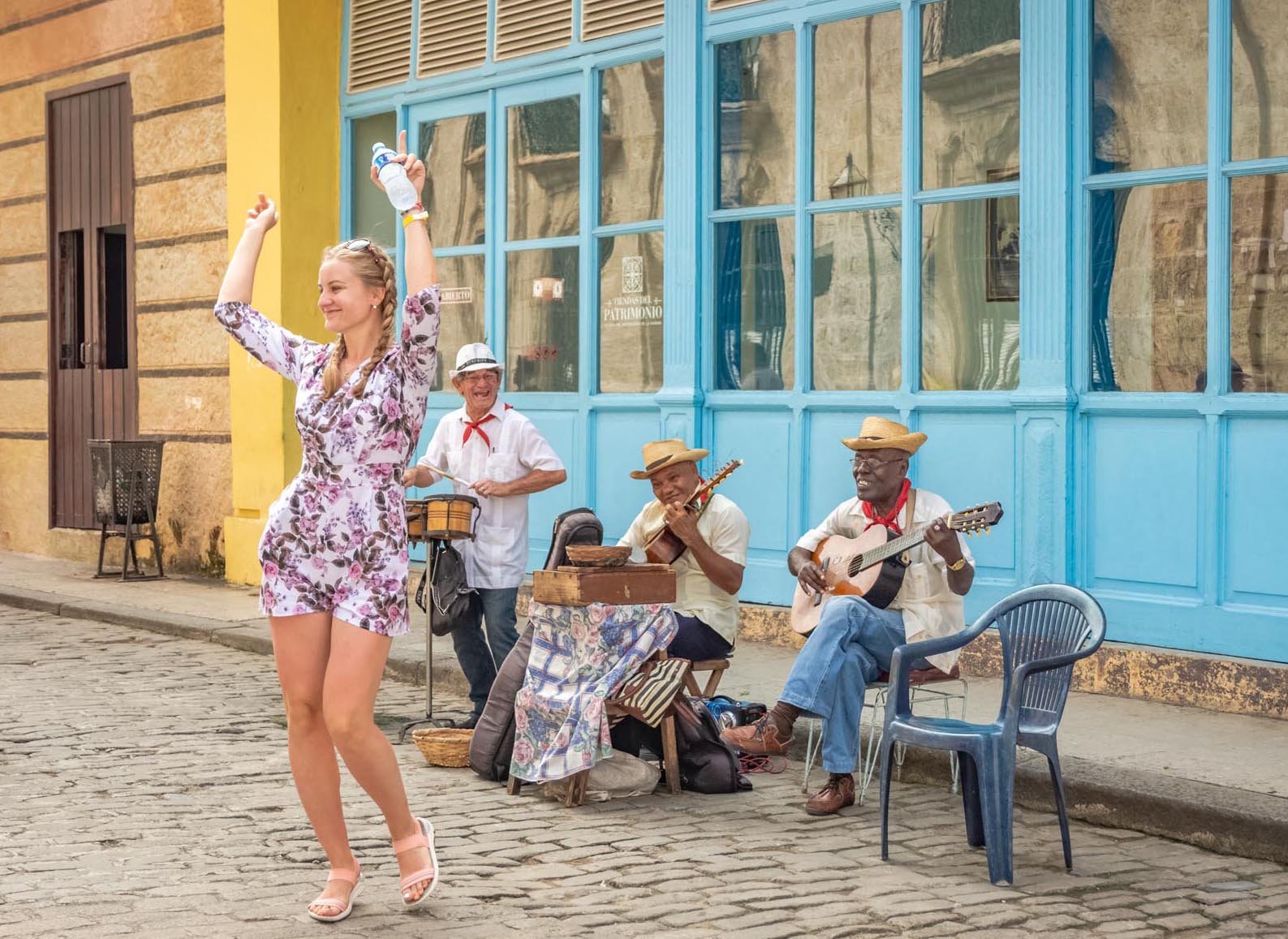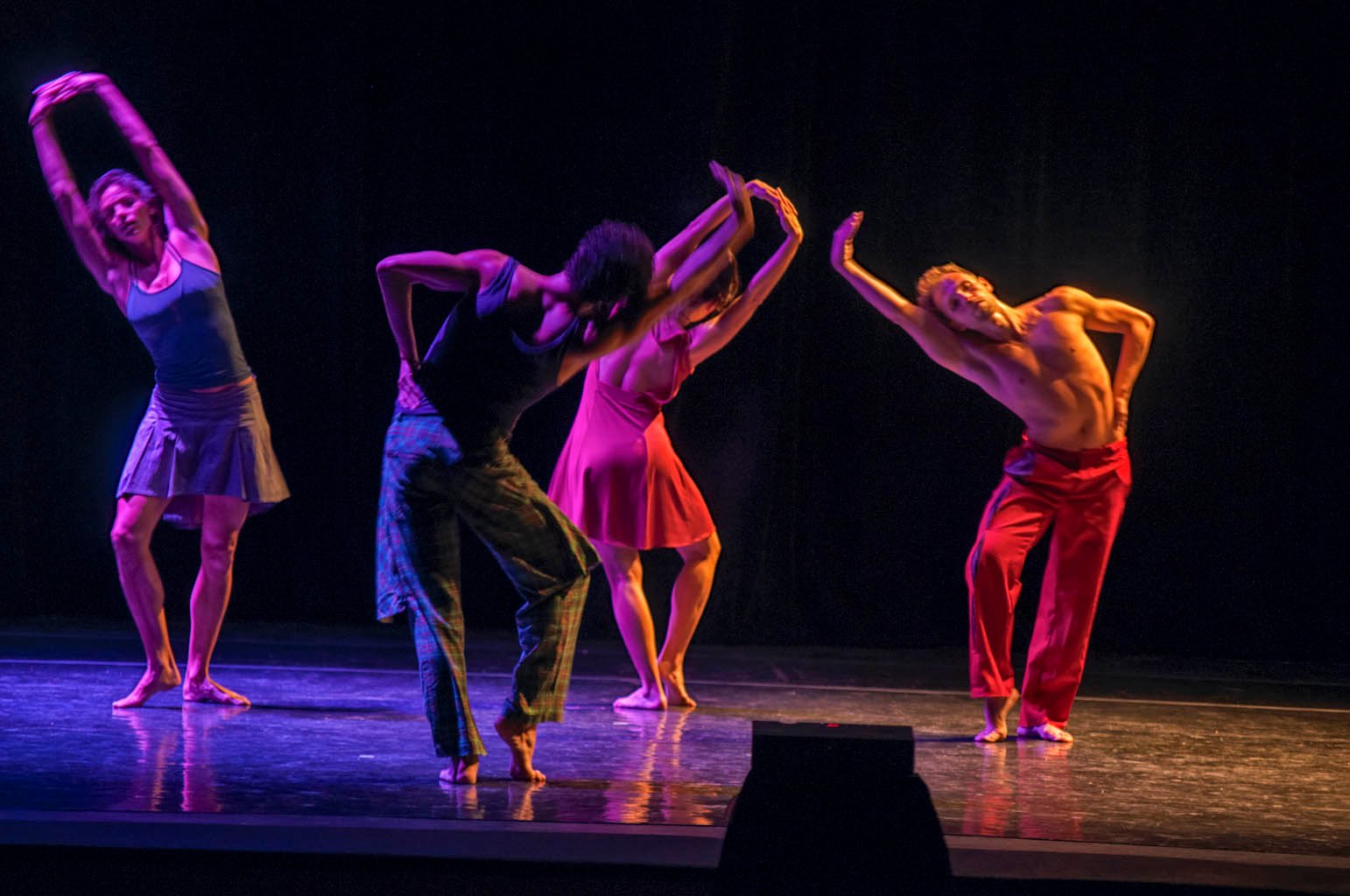
Panama Backs Creative and Cultural Industries
By Winnie T. Sittón
Photos: Javier Pinzón
Creative work and economic activity have become more important in the 21st century. This paradigm shift has sparked a boom in creative and cultural industries around the world. But, really, what are creative and cultural industries, and why are they important? Of the many available definitions, we follow the one provided by the United Nations Educational, Scientific, and Cultural Organization (UNESCO): “Those sectors of organized activity that have as their main objective the production or reproduction, promotion, distribution, or commercialization of goods, services, and activities of content derived from cultural, artistic, or heritage origins.”
This covers artistic activities such as music, painting, theater, and literature, as well as other cultural expressions that, until recently, were considered non-traditional businesses that might be only marginally profitable, such as fashion design, handicrafts, gastronomy, and technological innovation. However, such prejudices have become a thing of the past. Several studies have shown that countries derive social and economic benefits from developing creative industries, since they help forge the social structure of cities, encourage cultural diversity, improve daily life, strengthen communities, and define a common identity.
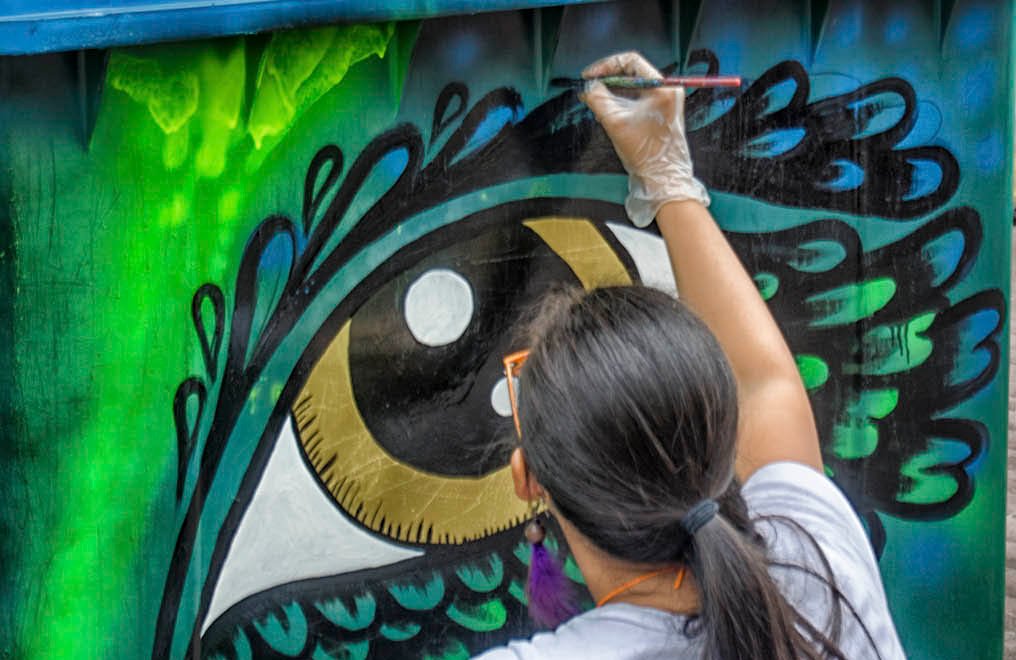
This is possible only if the public sector plays an active role in promoting these initiatives, which is why the Ministry of Culture of Panama is supporting the Create in Panama 2030 project. This initiative is the National Program of Creative Economy for Sustainable Development, created to protect and promote the country’s enterprises, companies, and cultural and creative ecosystems. It seeks to develop and apply regulatory frameworks that buttress Panamanian creative and cultural industries, with a focus on sustainable development based on the needs of the 21st century and the challenges of this new post COVID-19 era.
The program has gotten off on the right foot. In 2020, it was selected as one of the beneficiaries of the technical cooperation program offered by UNESCO and the European Union; the isthmus nation will receive technical advice to help formulate a participatory and transparent system of governance for culture. “Considering the significant steps recently taken by Panama to modernize and enhance its cultural policies, the program was deemed to have met eligibility requirements. Time has proven us right; here at UNESCO, we are very satisfied with the accomplishments so far,” noted Caroline Munier, Culture Program Specialist at the UNESCO Cluster Office in San José (Costa Rica).
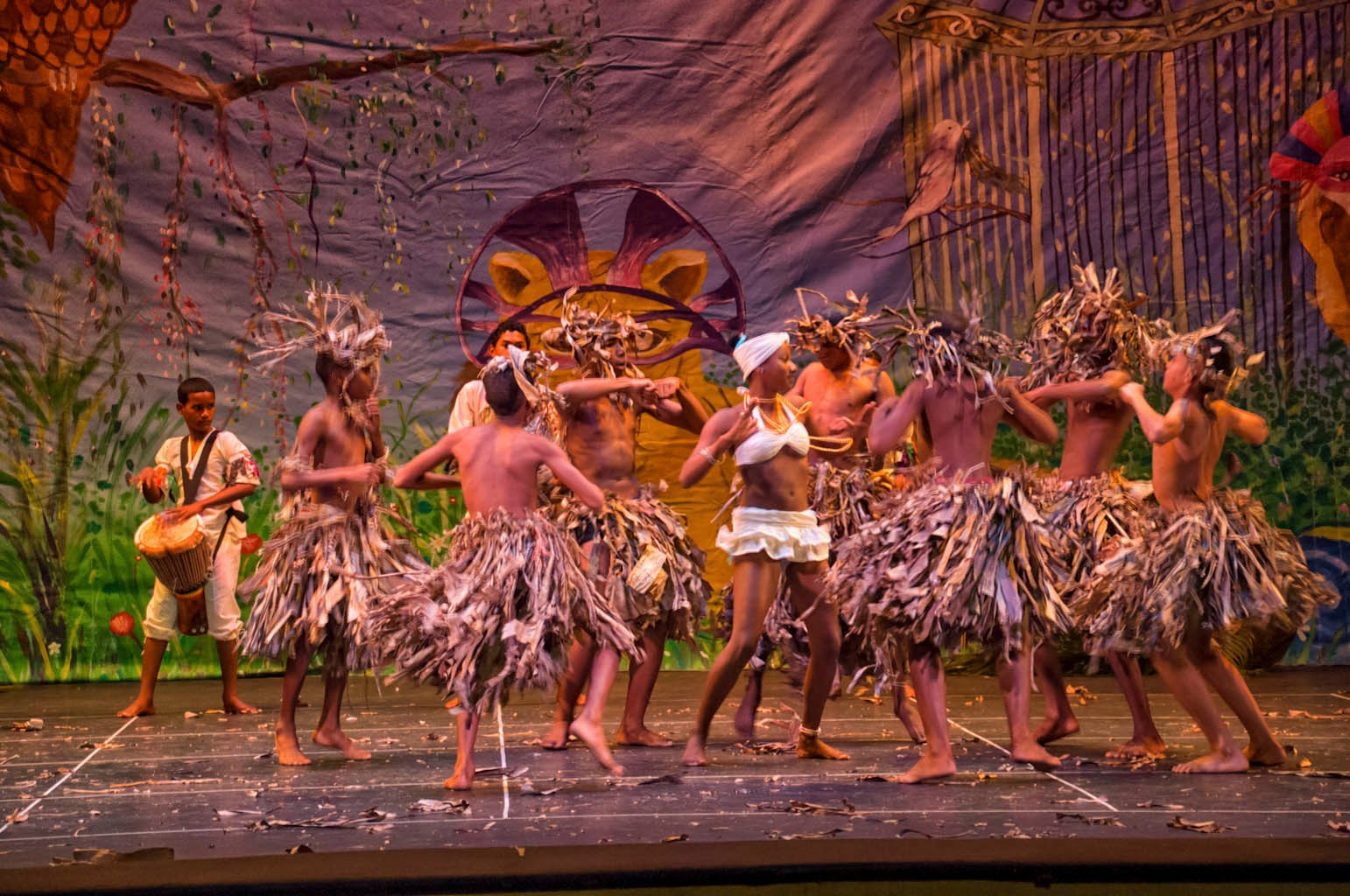
Maru Gálvez, National Director of Creative Economy of the Ministry of Culture, emphasizes how important it is that Panama go through this process of regulation and codification. This further reinforces the institutionalization of the Ministry under which it operates, which was created just two years ago in August 2019. At the same time, the National Directorate of Creative Economy and a Coordinating Commission for Cultural and Creative Industries were also established to raise awareness and promote the value of cultural and creative industries around the world.
UNESCO Expert Group member Lázaro Rodríguez, who has been instrumental in the Panamanian government’s Create in Panama 2030, says the consulting process used to design the program has been enriching. “The interesting thing about having a new program like this in the Ministry of Culture of Panama is that it brings together all the country’s creative economy processes. This is unprecedented; despite previous attempts at dialogue, the country has never had a creative economy program, much less one with a focus on sustainable development. This entails meeting all Panama’s commitments to protect and promote its cultural heritage,” indicates the expert.
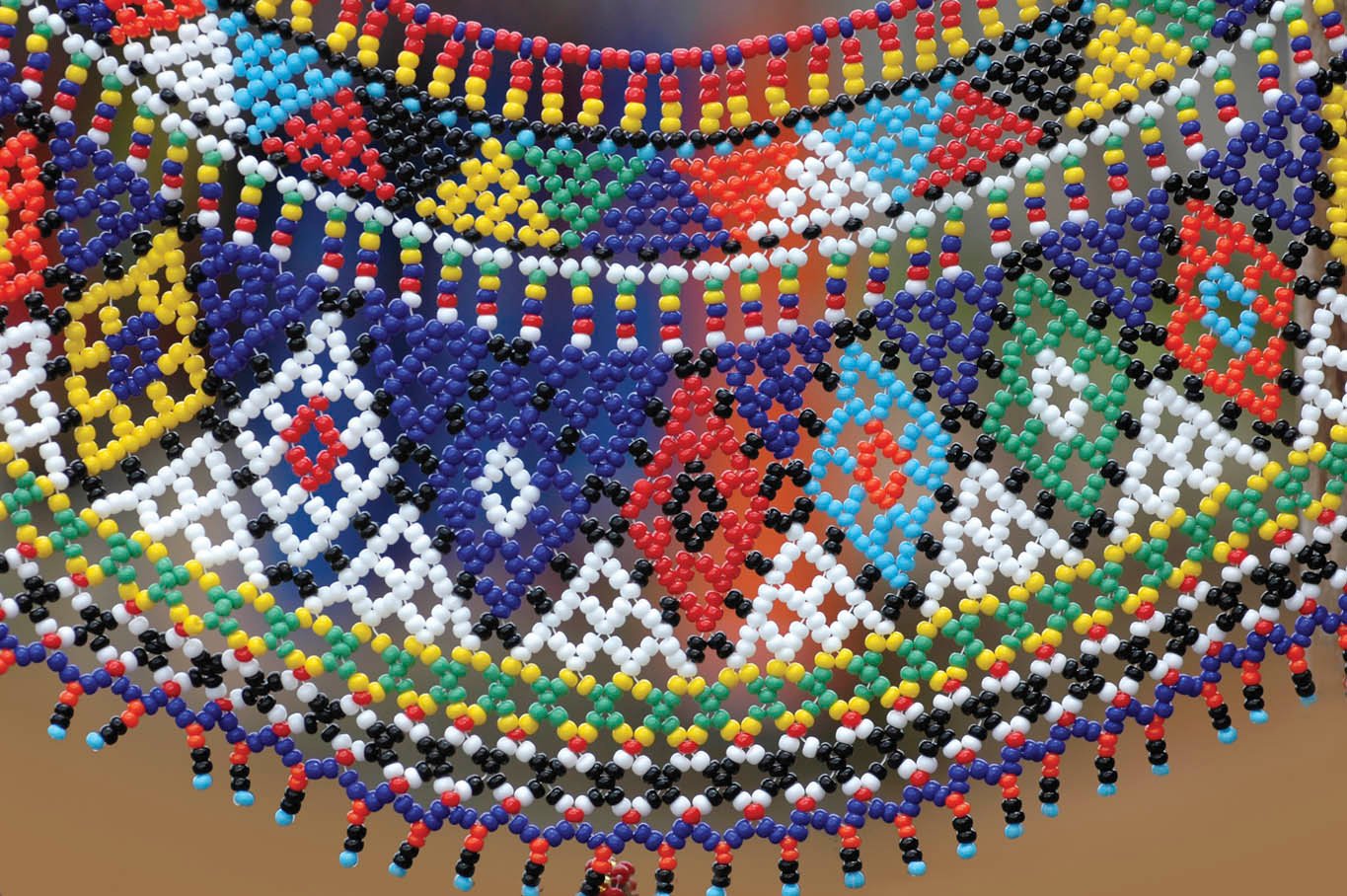
Goals and Benefits of Create in Panama 2030
Thanks to Create in Panama 2030, some 365 key short, medium, and long-term actions have been identified. This roadmap is already showing the short-term benefits of the program. Calls for expressions of interest have generated an excellent response. For example, according to data provided by the National Directorate of Creative Economy, more than 2,500 cultural workers applied for the training program and 1,200 were selected to take four specialized courses: Creative Economy, Digital Marketing, Digital Stores, and Markets for Cultural Goods and Services. Once training is completed, the workers can apply for non-reimbursable funding, which will be granted based on the promise of their proposed ventures.
Furthermore, the Create Handicrafts program provided sixty women with training in national and international business platforms. The Marta Matamoros National Co-op Competition was launched to encourage networking and formal work in the cultural and creative industries.

“In the medium and long-term, we are developing MiCulturaApp, a digital platform for selling goods and services from entrepreneurs and artists. We are also creating an interactive cultural center at the Tocumen International Airport and using creative and cultural tourism offerings to promote literature, audiovisual pieces, dramatic arts, festivals, museums, exhibits, handicrafts, cinema, and much more,” notes Maru Gálvez.
Caroline Munier says all of this will help establish a solid creative economy in the country. “We hope that Create in Panama 2030 will further stimulate Panama’s already dynamic cultural sector, and generate new and better ways of making a living for those who work in culture and the arts around the country,” concluded the UNESCO specialist.


